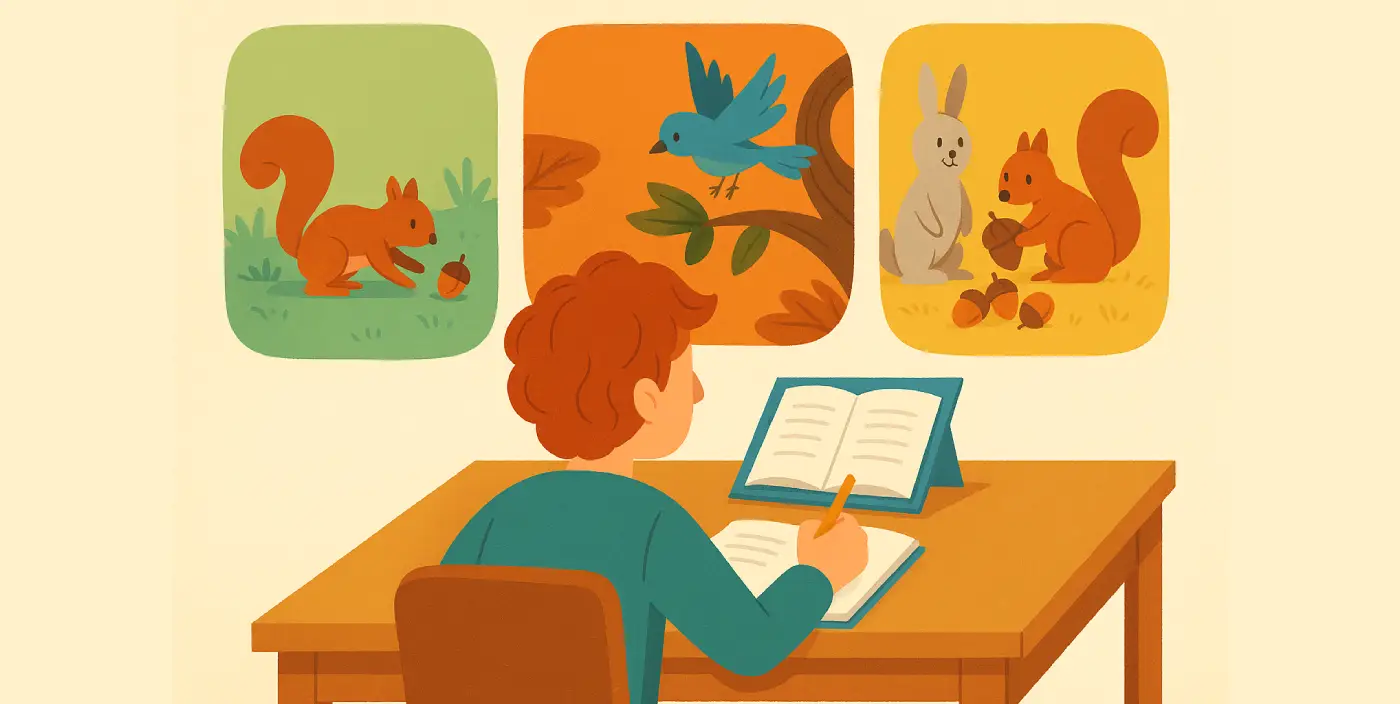The “Rule of Three” Writing Exercise: Crafting a Strong Story Structure

Objective
This exercise guides writers in using the Rule of Three, one of the most effective storytelling techniques in children’s literature. The Rule of Three provides rhythm, structure, and predictability that young readers find engaging. It is often seen in fairy tales, fables, and modern children’s books. This exercise will help writers build tension, develop character growth, and create a satisfying resolution using this classic method.
Step 1: Understanding the Rule of Three
In children’s stories, events, characters, and patterns often appear in threes. Why?
✔ Predictability & Engagement – Young readers recognize the pattern and anticipate the next step.
✔ Rhythm & Flow – A three-part progression feels natural in storytelling.
✔ Character Growth – The first two attempts fail, while the third brings success or a lesson.
Classic Examples:
- The Three Little Pigs – Two pigs fail, the third succeeds.
- Goldilocks and the Three Bears – Too hot, too cold, just right.
- The Three Billy Goats Gruff – Small goat, medium goat, big goat beats the troll.
Step 2: Choose Your Three Attempts
Structure your story with a main character who faces three escalating challenges before reaching success or transformation.
✏ Character & Goal:
Write a one-sentence description of your protagonist and their main objective.
Example: A small squirrel wants to find the perfect acorn before winter arrives.
✏ The First Attempt (Easy but Fails):
What is the simplest way the character tries to reach their goal? Why doesn’t it work.
Example: The squirrel finds a shiny acorn, but a bird swoops in and grabs it.
✏ The Second Attempt (Harder but Still Fails):
How does the character try again, this time with more effort? What is the obstacle?
Example: The squirrel climbs the tallest tree to get a golden acorn, but the wind blows it away.
✏ The Third Attempt (Clever & Succeeds):
How does the character finally succeed? What lesson or change happens?
Example: The squirrel realizes teamwork is key and asks friends for help, leading to a hidden stash of acorns.
Step 3: Build the Story with Increasing Tension
Each attempt should escalate in difficulty and force the character to learn something new. Use this outline to develop your story:
1. Introduction (50–100 words)
- Introduce the character, setting, and their goal.
- Show what motivates them.
✏ Write the opening paragraph of your story.
2. First Attempt (100–150 words)
- The character tries the easiest solution.
- It fails due to an unexpected problem.
✏ Write a short paragraph showing how the first attempt fails.
3. Second Attempt (150–200 words)
- The character puts in more effort but faces a bigger challenge.
- They almost succeed but fail again.
✏ Write the second failed attempt. How does it affect your character?
4. Third Attempt (200–250 words)
- The character changes their approach—becoming smarter, braver, or more resourceful.
- This time, they succeed or learn an important lesson.
✏ Write the final attempt and resolution. Show the character’s growth.
Step 4: Add Playful Repetition & Patterns
Children’s books often use repetition with variation to reinforce the Rule of Three. Try these techniques:
🌟 Repeated Dialogue:
Have the character say the same phrase in each attempt, slightly changing it each time.
“This time, I’ll get my acorn for sure!” → “I almost had it!” → “I found the best acorn of all!”
🌟 Repetitive Action with a Twist:
The same action happens but escalates.
“The squirrel jumps… jumps higher… jumps with the help of friends!”
✏ Rewrite a sentence using repetition to create rhythm and engagement.
Bonus Challenge
📖 Write your full story in under 600 words, keeping the Rule of Three structure.
🎨 Imagine how an illustrator would show the escalating attempts—what would each scene look like?
Why This Exercise Works
✔ Helps writers structure a complete, satisfying children’s story
✔ Builds escalating tension and character growth
✔ Reinforces playful repetition and rhythm, a hallmark of great children’s books
✔ Makes stories more engaging and interactive for young readers
By using the Rule of Three, you will create a story that is dynamic, well-paced, and memorable—one that young readers will want to hear again and again!




